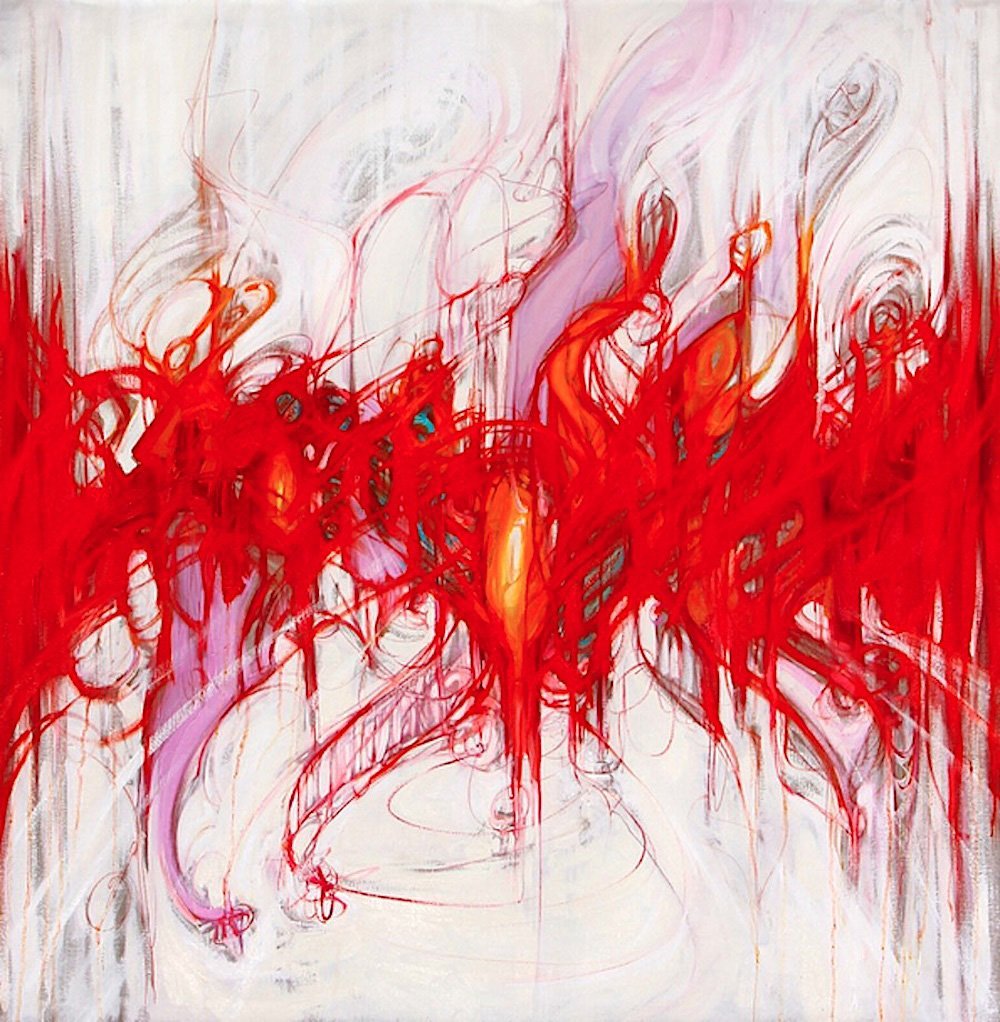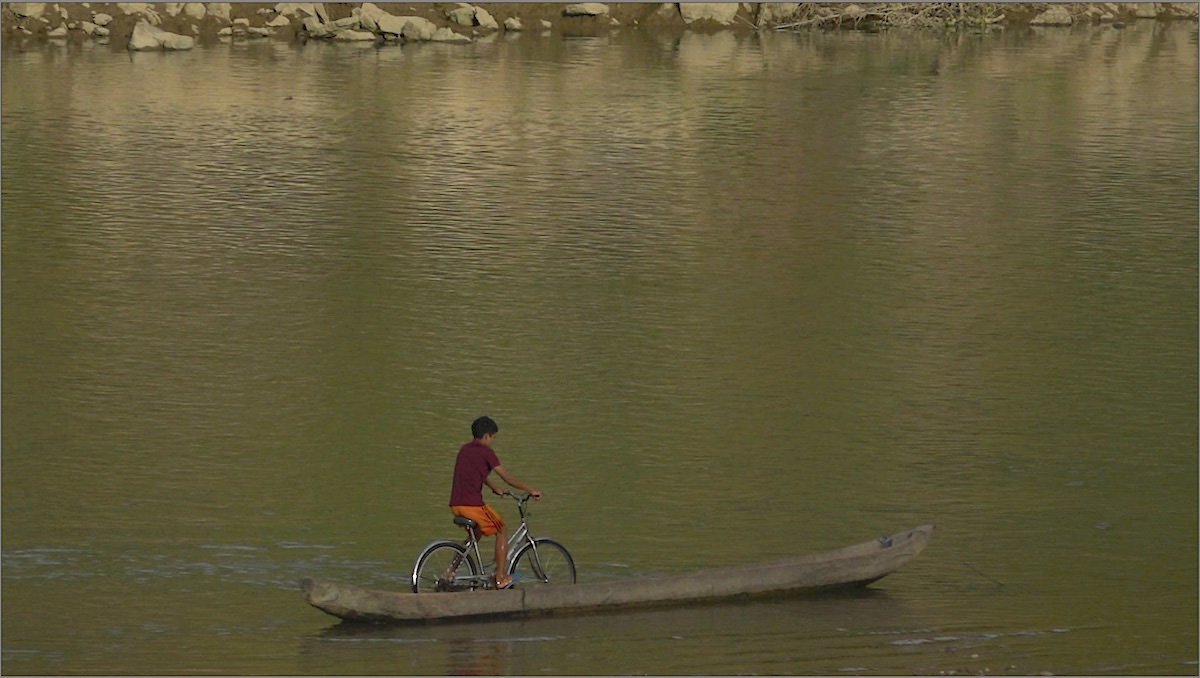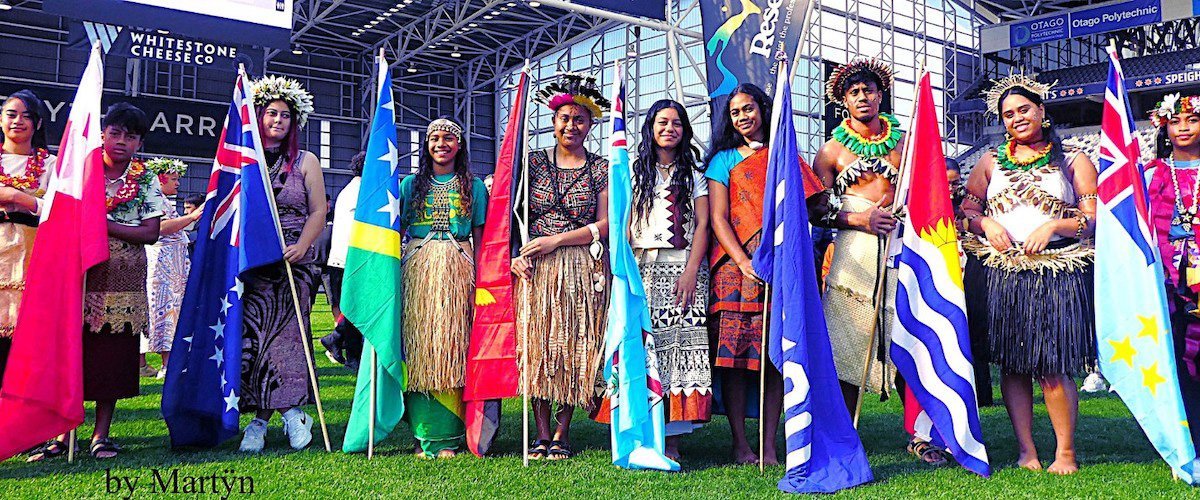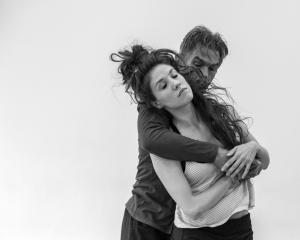
(Milford Gallery)
Sandro Kopp’s latest exhibition at Milford Gallery displays again the artist’s skill at creating fluid, sensual worlds of abstraction.
Kopp’s playful, bold forms, while clearly within the world of abstract art, seem imbued with a figurative strength. There is life here, though not necessarily life as we know it, with structures and textures which imply biological form. Works such as Horizoning and Burgeoning almost pulse with organic life, and Cocoon can be easily read as a growing centre within a nurturing womb.
The seemingly organic nature of fire is implied within several of Kopp’s other works, notably the vegetation-as-flame Good Times Ahead and the glowing inferno of the aptly titled Radical Aliveness. Elsewhere, Cryptesthesia presents an explosion of light within a darkened universe. The narrative feel of many of the pieces moves them into a realm of abstract surrealism previously occupied by painters such as Matta and De Kooning.
Distinct threads of abstraction within Kopp’s work are presented in distinct palettes, with several of the pieces in this exhibition forming a series of cell-like panels in unnerving pastel pinks and greens.
There is a confident strength in the artist’s presentation, with bold mark-making and a powerful dynamic displayed in many of the pieces.

(Blue Oyster Art Project Space)
Blue Oyster Art Project Space is currently displaying Nguyen Trinh Thi’s video "How to Improve the World". Filmed in Nguyen’s home country of Vietnam, the video explores life in the country’s Central Highlands.
While the ostensible object of the video is a display of culture, there is a more subtle aim of the presentation. We see the people and the land, but we also hear them. Our experience is a combination of these two strong perceptual inputs, and each informs the other as to the action and the imagery presented.
Nguyen poses the question as to which is our strongest perception. Do we trust our eyes, or our ears, and which becomes more important in situations that are alien to us? The tendency is usually to trust our eyes — seeing is believing, as the old adage suggests. But here we are bombarded primarily by sounds, and much of this aural input is distinctly alien: music played on what to our western ears are obscure instruments, and sung in an unfamiliar tongue. The sounds pull at our brains as we attempt to interpret them. The selective use of subtitles, present in some scenes but absent in others, adds to this immersive confusion, and we are brought up short by occasional words in spoken English (with Vietnamese subtitles) from the artist’s daughter.

(Dunedin Public Library)
Culture of a different form is captured in the photographs of Martÿn Buyck.
Buyck is well-known around the many festivals, gigs, and public performances of the local Dunedin theatre and music scene. Beginning as a hobby several years ago, he has amassed an impressive photographic record of artistic events.
On one level, Buyck’s work is simple photojournalism, but many of the images display both his fine conception of what makes an image work and also his strong and vital rapport with his subjects. It is perhaps this last feature which makes the images so impressive — there is a clear bond between subject, photographer, and viewer which makes these photographs vibrantly alive. The photographs are predominantly from around the Otago area, notably Dunedin events and Oamaru’s annual festivals, with the addition of a few further images from around the country.
The display is impressive, even taking into consideration the limitations imposed on it by the Library’s Cube presentation, with reflections and solid black lines across the images detracting from the strength and composition of the photographs. The current exhibition is hoped to be the beginning of regular displays of images at the library of the city’s cultural events, and they form a major record of both the powerful and the quirky, the rehearsed and the spontaneous.
By James Dignan












